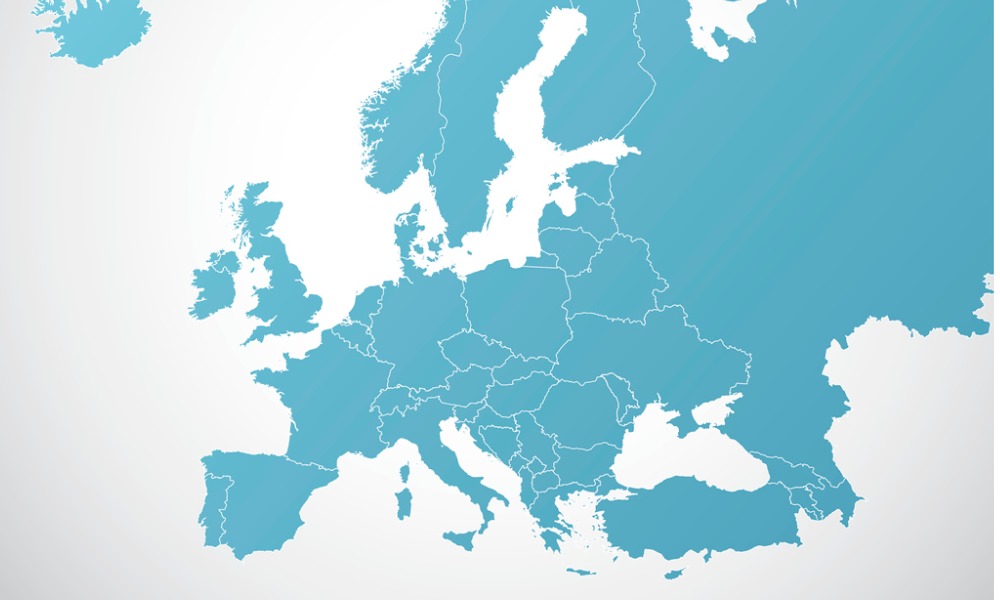No. Unfortunately the following article will not be announcing a new global trademark affording worldwide protection to goods and services. No such thing exists, nor is anything like it expected any time soon. The territoriality principle governs, and will continue to govern, intellectual property rights at international level. That is, trademarks will continue to be protected only in those territories where they have been registered and are in force. Nevertheless, a few pointers might well be of use regarding the tools available to facilitate international trademark registration.
The trademark territoriality principle is one of the main obstacles to trademark holders wishing to internationalise their business through the export of goods and /or provision of services beyond our borders. It is hard to recall how things were before the introduction of the European Union Trademark however, outside the EU, things are not quite so simple. Although we do not have a standard equivalent law, we do have the Madrid System which, although it cannot provide anything near a proper “world trademark” or international trademark” it does, however, help with the process of filing and registering trademarks in other countries.
The Madrid System fulfils the needs of international trade and explains the grounds on which countries have chosen to enter into multilateral treaties aimed at easing the process of protecting trademarks internationally. Is this a recent innovative solution? Not at all. The Madrid System has been operating for 130 years, having been launched in 1891 with signature of the Madrid Agreement concerning international registration of marks. The treaty had 106 members, forming the Madrid Union, which covered 122 countries. The full list of member countries of the Madrid System can be obtained through this link.
Below we explain how the Madrid System operates, along with its advantages and its main shortcomings.
- How does the Madrid System work? Basically, the system enables the holder of a trademark application or registration in one of the member countries who are party to the international treaties that regulate the Madrid system, to file an application to register an international trademark, thus claiming protection in other countries that are also members of the Madrid Union. For example, if we take as “ basic trademark” a Spanish mark and the office that granted it, in this case, the Spanish Patent and Trademark Office (SPTO), this will be considered the “office of origin”.The process is divided into two phases. The first, international phase is processed by the World International Property Organisation (WIPO) based in Geneva, which checks compliance with a series of formal requirements including, for example, payment of fees, correct identification of the applicant, correct representation of the trademark application filed etc. During this stage, the titleholder decides in which countries, out of those available, they wish to seek protection. Obviously, the application fees will increase in accordance with the number of countries requested. The second step is the national phase, where the trademark is processed independently through the different trademark offices of the countries where protection is sought, Therefore, it is the national offices that will examine the material requirements for registration, including, for example, grounds for absolute and relative invalidity.As a result, although the territoriality principle that governs intellectual property rights still prevails (each country grants or refuses protection in their territory) the system does however, facilitate the manner in which the resulting rights granted are managed. In this way, once the application is granted in each country, it will be integrated as a single international trademark, duly registered and protected in different countries rather than having to file several national trademarks,
- What are the main advantages of the Madrid System? As there is a single international trademark registration, the process involving any possible changes of ownership or registration of licenses is simplified, as this can be done in a single procedure. Similarly, renewal of different registrations also requires just one procedure processed through the WIPO. Ultimately, registration and maintenance costs are considerably reduced, due to there being just one international trademark instead of having to register and maintain a number of different national marks.However, the advantages of the system do not end there, as perhaps one of the most significant benefits is the possibility, throughout the lifetime of the international trademark, of designating new member states of the Madrid Union through what is known as “subsequent designation”, and so extending protection of the international trademark according to the holder’s requirements.
- And what are the main disadvantages? Initially, possible instability. A we have noted, the international application is filed with a basic trademark, for example a Spanish mark. Therefore, for a period of five years from the date of the international registration, protection of any international trademarks filed through the Madrid System will depend on the validity of the basic trademark. That is, should the basic mark be refused for any reason (if, for example, the mark is cancelled, annulled, lapsed or is rendered ineffective), the international trademark will also follow the same trajectory. This dependence is absolute and takes effect irrespective of the grounds on which legal protection has been withdrawn from the basic trademark. When the five-year term of dependence expires, the international trademark then becomes independent of its basic trademark.
As we have seen, although it is not without its drawbacks, the Madrid System is an attractive proposition for anyone wishing to internationalise their trademark portfolio although, as always, the appropriateness of this option should be analysed on a case-by-case basis. However, in general, when feasible, it is almost always the most effective, flexible and economical choice, rather than going through national channels.
Fernando Rubiano
Garrigues Intellectual Property Department






